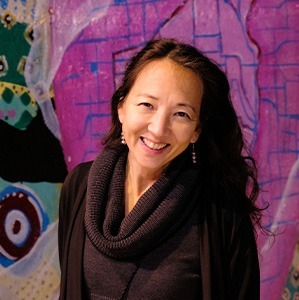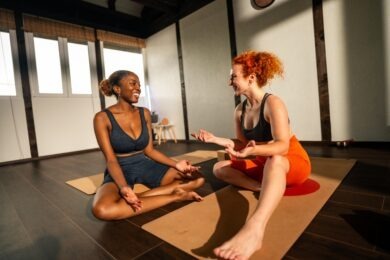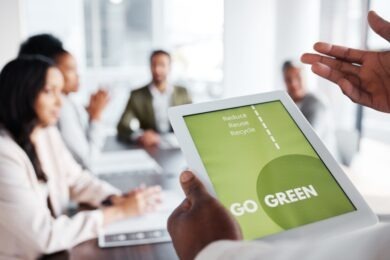How the meetings industry can help
As the importance of Diversity, Equity and Inclusion (DEI) is increasingly prevalent in conversations within the meeting industry, some marginalized groups continue to be widely underrepresented. Jolene Jang, Asian Inclusivity Consultant, The Meeting Maximizer, sat down with Smart Meetings to educate and advocate for the Asian American community. Jang addresses the omission of Asian Americans in DEI initiatives, the mainstream culture’s lack of attention to violence and underrepresentation of Asian Americans and the importance of Asian American allies to be active in progressive inclusion in the meetings industry.
Q: What made you interested in the meetings industry?
A: As a kid to an adult being in sports, you get to learn how to team build. So after college, I brought in fun and my sports background and did team building. I got into meeting planning because I was always trying to build this environment where everybody can feel included. And so I had games and icebreakers and all of that. So it really lends itself to team building and interactive meetings. So creating environments where you – even if you are from different schools, different backgrounds, (have) different interests — we’re all involved at the party. That’s really fun.
Q: What made you decide you needed to get involved with Asian inclusion?
A: It was really after the Atlanta shootings and murders of the Asian spa workers. Because the news was picking it up, this was on all the main channels, at least for a few days. And so with this being in the news for that time, I figured I better see what’s happening with Asian Americans. People don’t know that Asians are attacked every single day.
(Jolene proceeded to show a video of young Asian women speaking about their experiences and how they felt about their physical appearances. Many expressed they wished they were white.)
The reason I share that with you is to share why I do this. It’s not “Oh, I love talking about race and ethnicity. It’s so fun. Everybody loves it, it brings up the room,” (I’m dripping with sarcasm.) No, this is horrible. I come from a fun background and people are excited to see me because I bring the fun and I’m interacting and I have all this energy. But now I’m talking about race and ethnicity which is not a barrel of laughs or a prized experience. But I have this need because these are modern day young women who wish they were white. I have to do this.
Read More: A Vibrant Asian Mix
Q: How much does mentorship and education play a role in increasing awareness of Asian inclusivity?
A: If there was a baseline of American history including people of Asian descent and other Non-White Americans, marginalized children could see themselves. They would have role models and a vision of possibilities. Our country has many contributions from Non-White Americans like railroads, traffic lights and bing cherries, it’s just withheld. Now multi-cultural education is being banned. One of my Asian allies was working for the Girl Scouts. We were chatting and I said, “what about a girl scout badge?” She said yes and they put it together. And now there is a multicultural badge and an Asian American patch. And that’s great because their parents can learn along with them. We need these types of efforts.
Q: What issues should we address in the workplace when it comes to Asian inclusion?
A: How are they treated at work? What kind of microaggressions do they experience? Do they feel like they can bring their authentic self to work? Do they feel comfortable to share their real name and how it’s supposed to be pronounced? A lot of times Asian Americans are going to assimilate to make it easier for everybody else, but they lose themselves by not bringing their whole self to work, which is their name and their culture.
Let’s say, in your organization, are there DEI initiatives? Who does that include? Who was involved in those committees? Because you need to have the people who you’re trying to serve in there, right? And not just one token.
Read More: How the Meetings Industry Can be More Accessible and Inclusive to People of Color
Q: How can the meetings industry improve on Asian inclusion?
A: In the meetings industry, like most industries, it is predominantly white law. But what’s different here is that meetings and meeting planners have the ability to reach a global scale. They could model what inclusivity looks like for the world. They can make a huge impact because they are the ones running the shows. And as an Asian Inclusivity Consultant, I see that there is almost no inclusion for Asian Americans. They certainly do not include Asians in terms of leadership. Who’s getting the spotlights? Who’s on the speaker panels? Who are the leaders? Who are the ones that are selected for podcast interviews? There is a lack of Asian Americans given that opportunity. So it takes Asian allies. If we believe in Asian inclusion, then we should practice it.




